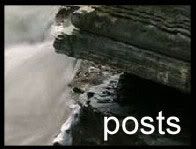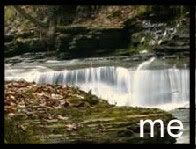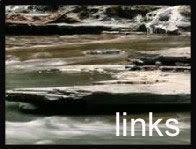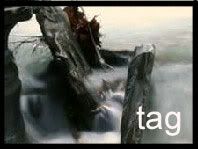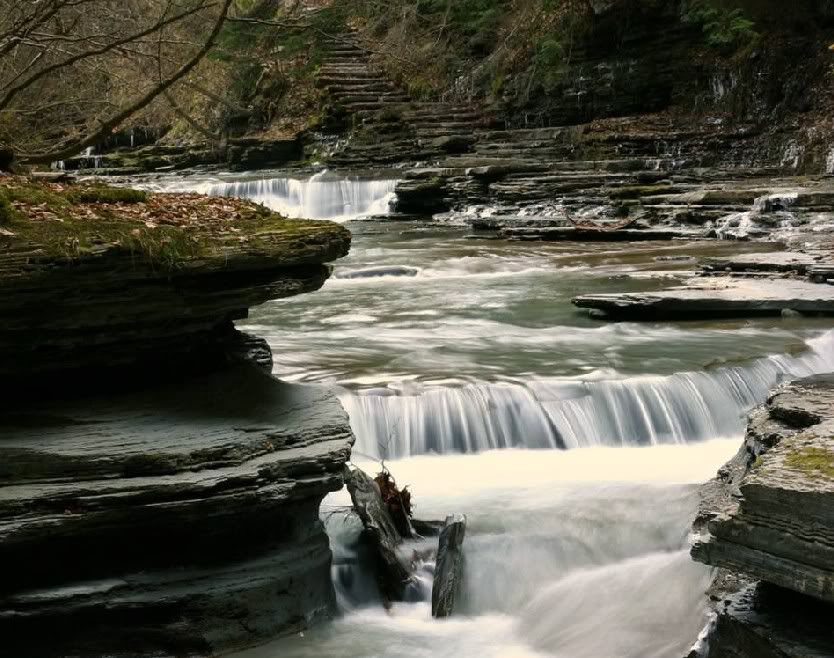

Corals will die if we do not stop the pollution. --- Try your best to save them!

Coral reefs grow through a process of increasing their calcareous skeleton mass and their overlying living tissue. The term "calcification" refers to the fact the process in which calcium builds up to form a solid mass. The coral skeleton is composed of aragonite, which is calcium carbonate (CaCO3) in a fibrous, crystalline form, where it must be noted that calcite, the common form of CaCO3, is not present anywhere in the skeleton. Algae also deposit aragonite or a soluble calcite form with a high magnesium content in the terms of the reefs. Heinz A. Lowenstam of California Institute of Technology showed in Bermuda that some calcareous organisms deposit less soluble calcite during colder seasons and more soluble aragonite during warmer seasons. The mechanism that controls the seasonal CaCO3 deposition variation is so far unknown.
Zooxanthellae are required in the process of building up the reef’s skeleton. Zooxanthellae speed up the calcium carbonate precipitation. This causes new layers of skeleton to be formed. There are cations of calcium Ca2+ and anions of bicarbonate HCO3- in the coral mucus. The two ions react and produce Ca(HCO3)2.:
Ca2+ + 2HCO3- Ca(HCO3)2
from which calcium carbonate and carbon acid originate:
Ca(HCO3)2 CaCO3 + H2CO3
Calcium carbonate crystallize on existing aragonite crystals. In this way of a new skeletal layer forms.
Carbonic acid resolves itself into carbon dioxide and water:
H2CO3 CO2 + H20
Coral polyps absorb calcium ions from seawater and are transferred by both diffusion and an active pump mechanism that ends at the area being calcified. This is important because calcium is used in cell metabolism for regulation. The calcium concentrations must be low or else it will interfere with coral tissue functions. The concentration of free calcium ions is lower in corals than in seawater because the calcium ions stick to membranes or organic molecules. Lothar Böhm at the University of the West Indies in Jamaica showed through his studies that calcium has a high turnover rate.
The process in which the skeleton is made takes place during the day with great intensity. At night skeleton growth abates and slows down. The growth depends also on the season of the year, age and shape of corals. Young corals grow much faster than old corals, sphere corals grow slower than corals which have branched shape. A fact of particular interest is that corals are able to change their shape during their life to aid in sunlight retrieval. Temperature is also very important, for corals grow best in temperatures between 25-27oC.
Factors Influencing Calcification
Fish and invertebrates live and hide in the coral cracks, while sessile animals live on undersides of corals. A reef’s crest runs parallel to the coast, sometimes as close as up to the shore. The reef can also makes lagoons 5 meters deep, sandy, and a few hundred meters wide. The reefs are isolated from waves and speckled with coral heads. The lagoon contains many patches of calcareous algae and bottom-living animals like sea urchins, and sea cucumbers. The bottom-living animals actually filter organic matter out of the sediment. There are dense lawns of the sea grass Thalassia that are habitats of sea urchins, conchs and others.
On the seaside of the corals are the fore reef where corals blanket the sea floor. The corals form buttresses divided by narrow, sandy channels through which flow fine sediment flows. The channels can be 10 meters deep and are roofed with corals. These channel pathways are necessary because the coral reef would suffocate otherwise. Down away from the buttress zone is a coral terrace. From there, there is a slope of sand with coral pinnacles, then another terrace, and finally a vertical wall dropping off.
In nature, coral species are distributed by depth. Very few algae or symbiotic corals grow well past 100 meters because of the lack of light. As a matter of fact, the animals that live past 100 meteres mostly feed off of the detritus from above. Detritus feeders include true sponges, antipatharians (“precious corals”) and gorgonians (sea fans). Also, there are sclerosponges. Sclerosponges are an ancient group of major reef builders which were once believed extinct, but have been found in Jamaica living at a lower water level. The reason for the lower water level appears to be because faster-growing corals displaced the Sclerosponges, forfeiting in Darwin’s “survival of the fittest.” (Darwin’s theory of evolution stated that species suited for their environment will continue to thrive and may even displace species less suited for their environment, hence the name, survival of the fittest.)
Dependencies between the Coral Body and the Skeleton
The coral body is made up of a basal and oral discs and walls that create the polyp’s shape. The basal disc forms the bottom of the tubular skeleton, and the walls form the sides. Each place where a coral polyp lives is called a calice. The calice is the distal part of the coral skeleton. One might also hear the term coralite to describe the same term. They are the same, exact thing.
A calice is divided into different chambers by vertical plates called septa. Septa are a part of the skeleton and built from calcium carbonate. Coral septa form radially. This means that the septal plates start at the wall and grow toward the center. Young corals start out with only six septa. This constitutes the first stage in the septal cycle. As each step progresses, the older septum chamber splits to create two new septum chambers. In this way, the number of chambers doubles. The second stage of the septal cycle doubles the existing number of septa and creates six more septa. The total number of septa in the coral is now twelve. The third step of the cycle produces twelve septa for a total of twenty-four. The fourth stage produces twenty-four septa for a total of forty-eight, and so on.
A mesentery is a fleshy septum built of a soft epithelium. Mesenteries are fixed to an oral disk and appear to stream down like curtains dividing coral coelenteron. Digestive filaments and the gonads are attached to the mesenteries that do not connect to the pharynx. The mesentery has gastroderm and mesoglaea. Mesenteries always occur in pairs. Skeletal septa are as cyclical in arrangement as mesenteries There is usually one septum between two paired mesenteries. The first septal cycle appears before the first cycle of mesenterial pairs do.
at 5:16 AM
COME AND COMMENT
Find out more about corals and marine life at these websites!
http://www.reefrelief.org
http://www.panda.org
http://www.uvi.edu
http://www.coral.org
http://www.iyor.org
http://www.coris.noaa.gov
http://healthyreefs.org
http://www.coralreef.gov
Credits
chocbanana[trixieandtheresa]

